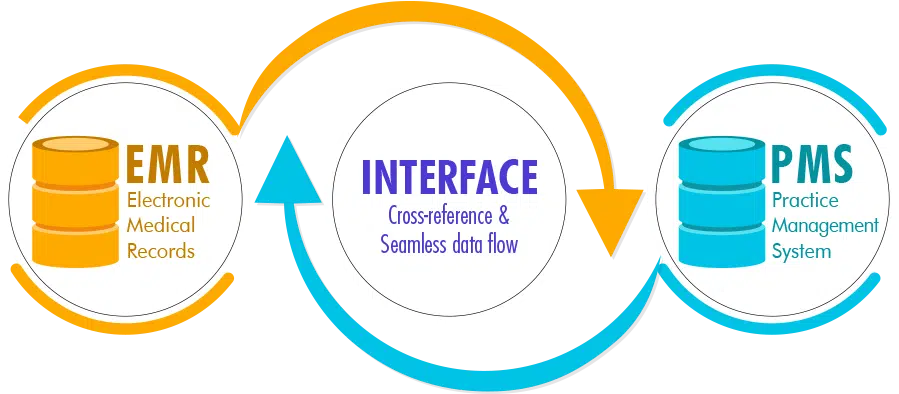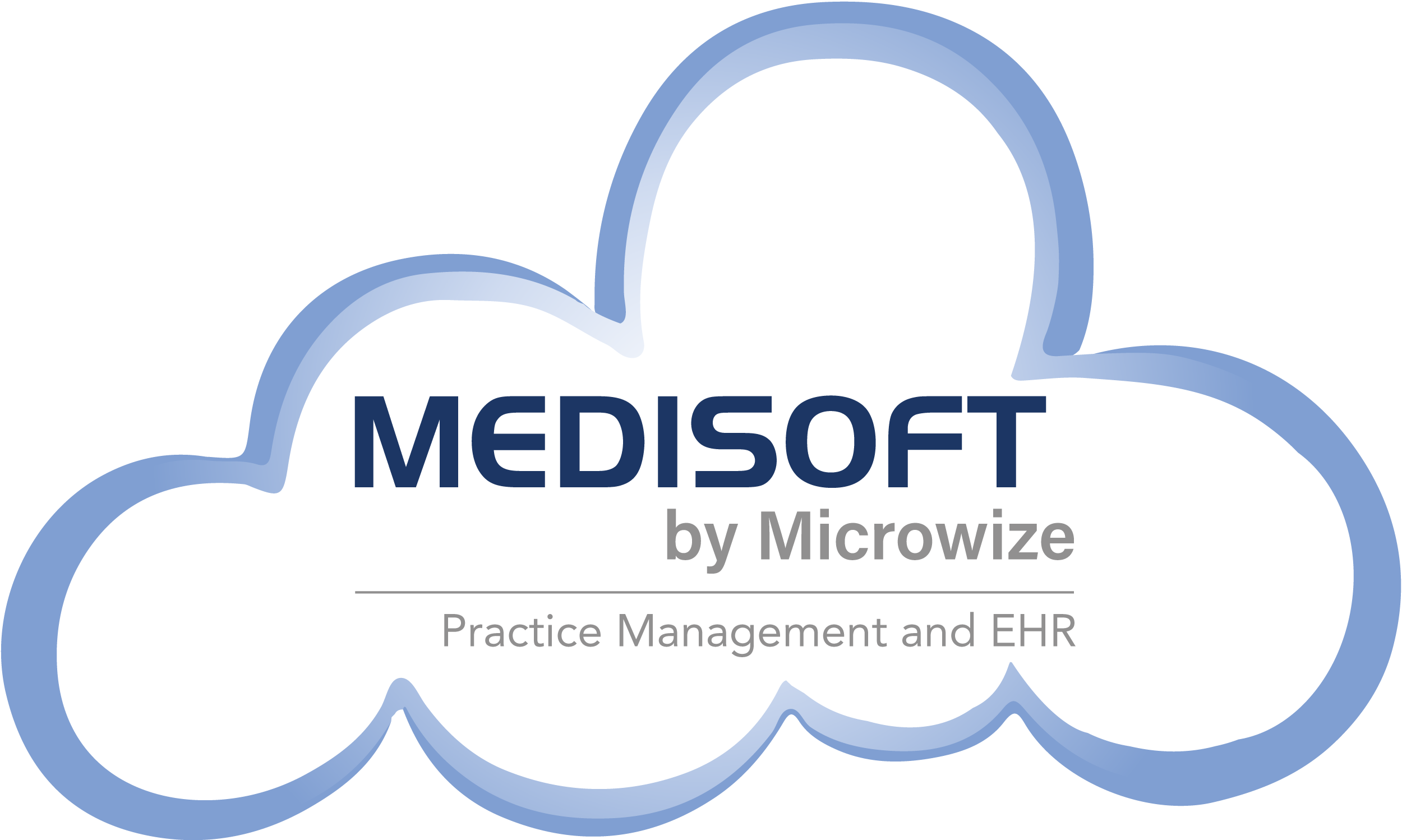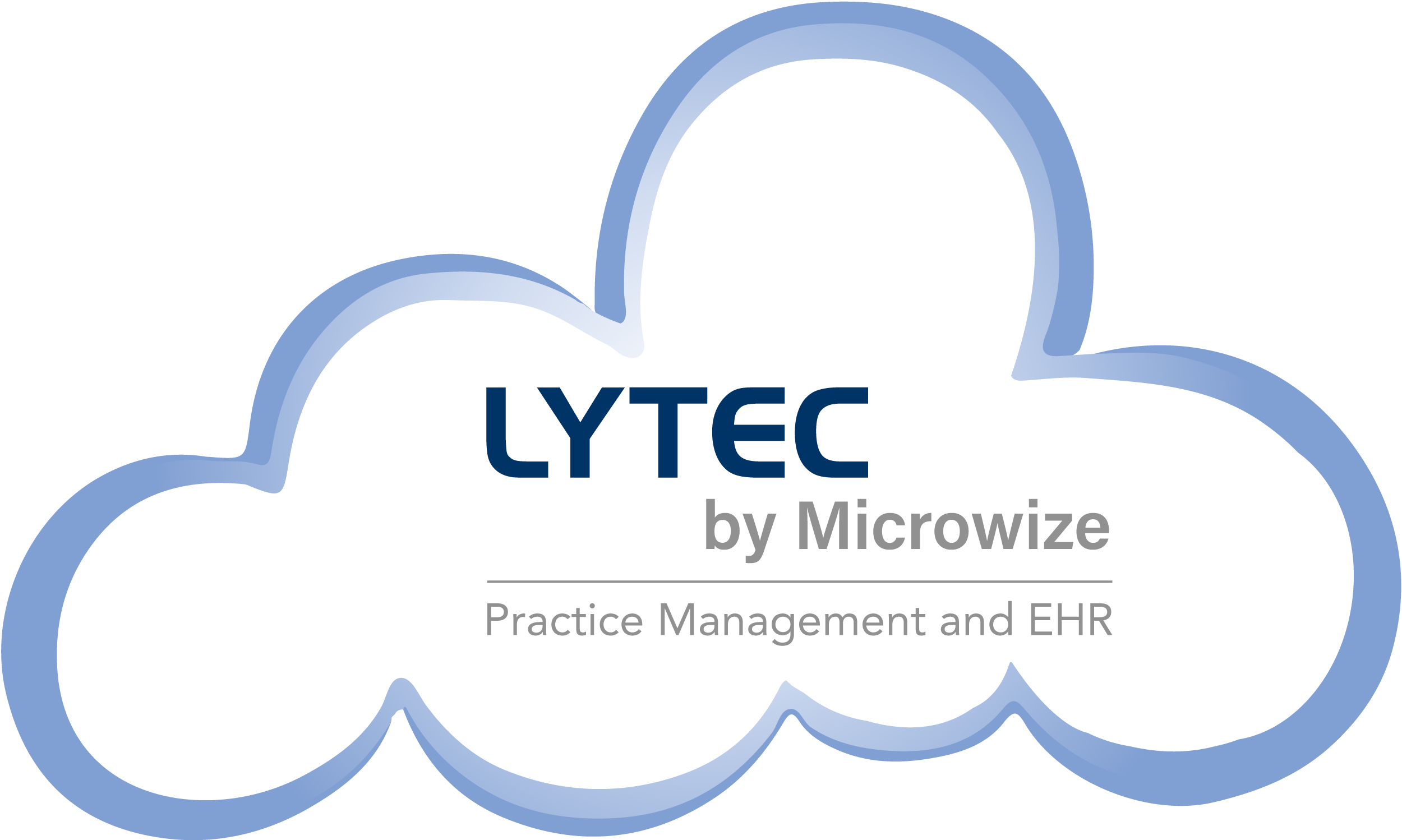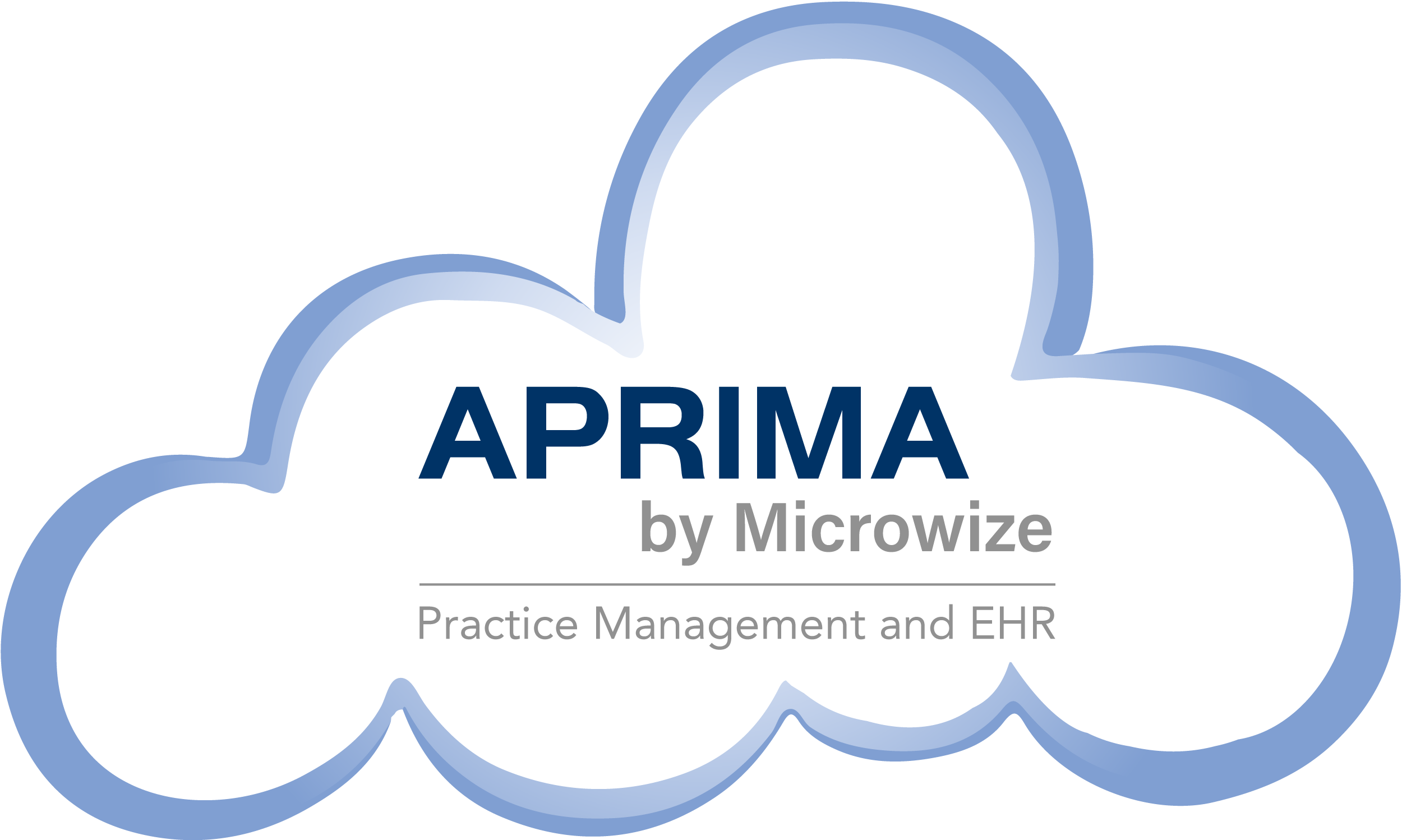HL7 Lab Interfaces
HL7 interfaces deliver a seamless workflow to your practice by providing a bridge that allows two different systems to talk to one another.
One of the most integral elements of a clinical practice is the use of laboratory encounters for diagnostic and monitoring purposes. Ask any clinician what they need in an Electronic Health Records (EHR) system, and you’ll find that lab interfaces come highest on the list. When laboratory orders are needed as part of a clinical visit, there are a number of steps in the process from the moment that the orders are deemed necessary to the point that the result appears in the patient’s medical record.
What is a lab interface?
When a practice uses an EHR, a lab interface is the piece of software that allows one system to talk to another system. A laboratory interface can be either uni-directional (allowing the lab to report the lab data directly to the EHR) or bi-directional (allowing the clinician to order the lab encounter and receive the reported data electronically in the EHR). In the case of uni-directional interfaces, the clinician must still order the lab encounter using a paper requisition. With a bi-directional interface, the entire process is electronic, from the moment that the lab encounter is ordered to the time that the result appears in the patient’s electronic record.
Most practices deal with more than one laboratory, including local hospitals and private or state lab facilities. This results in a need for multiple interfaces, which are uni- or bi-directional. However, there is no such thing as a unified software that will work for all the labs.
Working without interfaces?
At a high level, laboratory encounters go through an ordering phase and a reporting phase. When using an EHR, these two steps may occur either separately or in conjunction with one another. A paper-based workflow is very cumbersome, for example: The clinician completes a paper laboratory requisition, which is then given to the patient. Appropriate samples are taken (either at the practice or laboratory), labeled, and processed. Results are collected and reported back to the ordering clinician via fax, mail, or telephone. A failure to correctly label, analyze, or report on results could have serious consequences for the patient. Additional complexities relate to the fact that results need to be copied to multiple individuals or locations as well as the ordering clinician.
Microwize can help with your lab interface / HL7 interface
Microwize offers uni- and bi-directional interfaces with most commercial laboratories including Quest Diagnostics, LabCorp, and BioReference Laboratories Inc. We also offer interfaces with local lab companies and hospitals. Here at Microwize, we know how important interfaces are for clinicians. Microwize will diligently control the project management from the moment of the request to the delivery and testing. It is proven that integration saves time and money for the practice, the lab, and the patient. Lab companies are generally more than happy to invest in the cost of the lab interfaces.
Let’s get your practice’s interface(s) started today; call us at 201-322-4100

Need more info?
Call us at 800-955-0321
Call 800-955-0321 or Click below
Schedule a Demo
Let our experts show you our solutions








